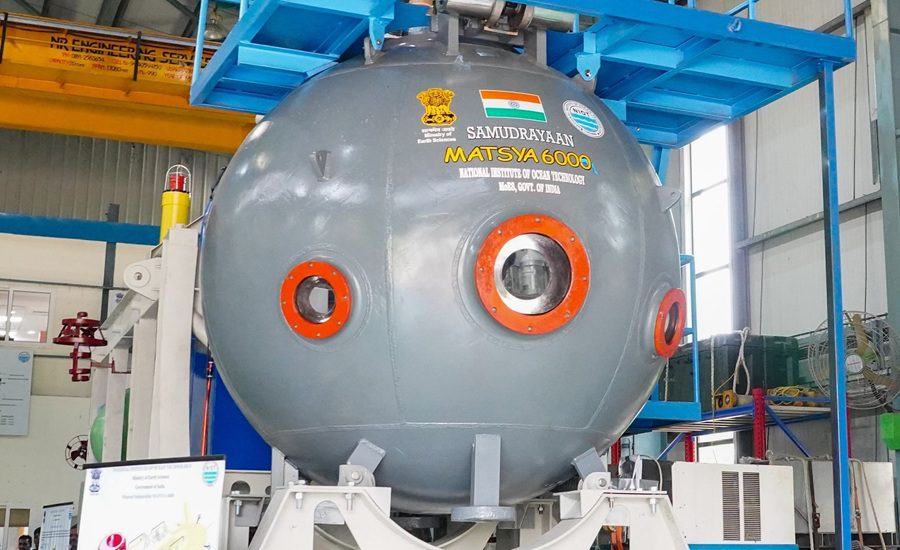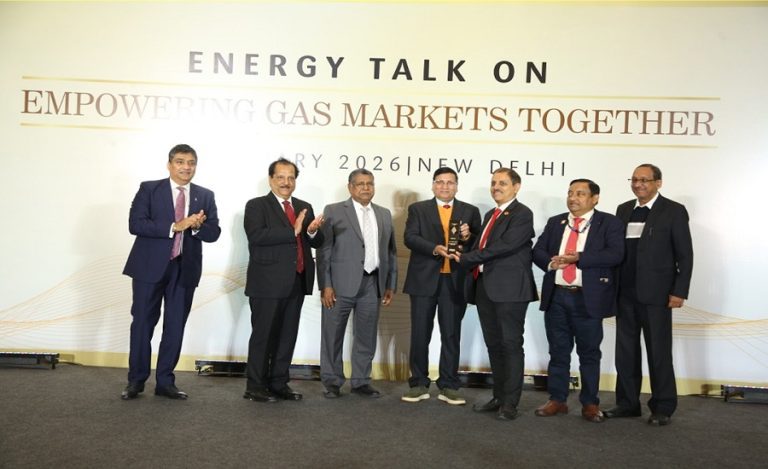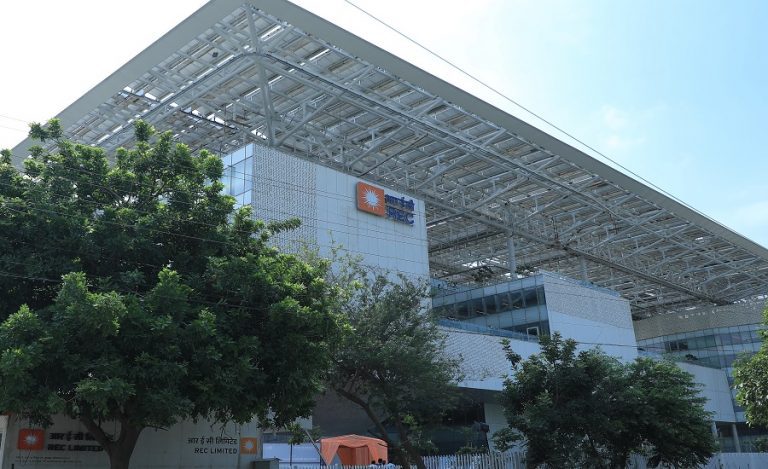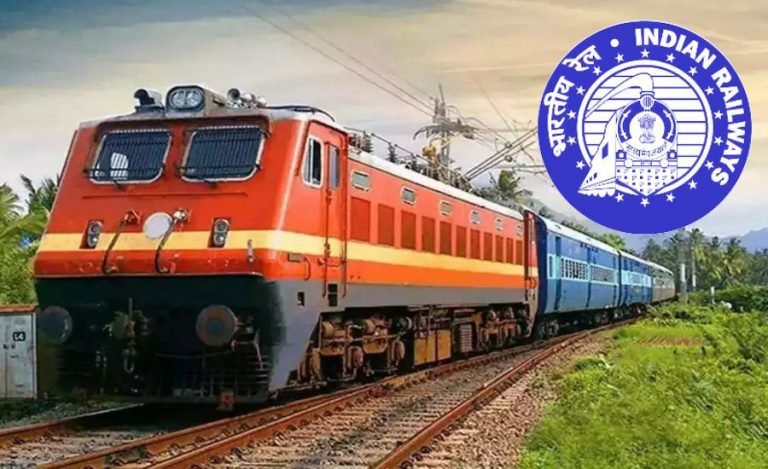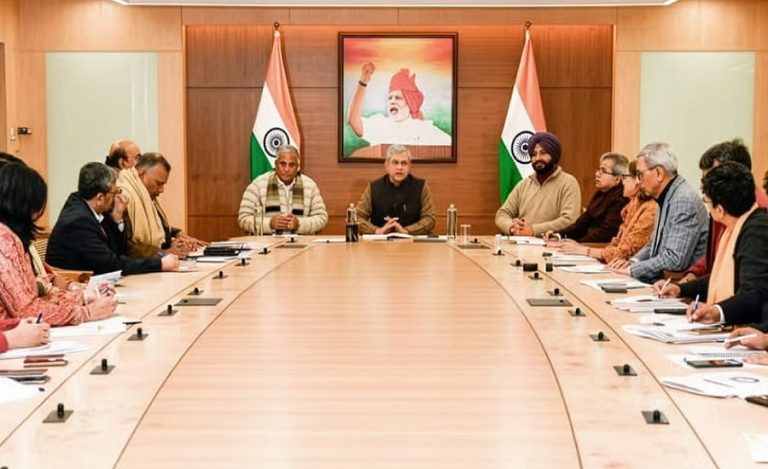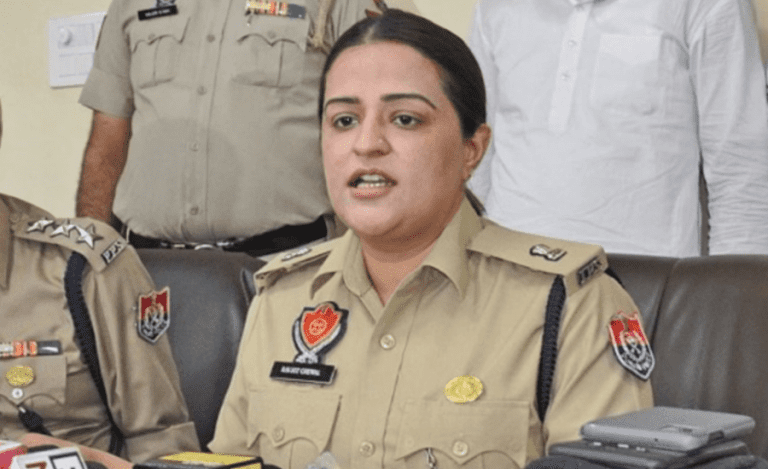Chennai: Developed by NIOT Chennai under the Ministry of Earth Sciences (MoES), Matsya‑6000 is India’s first crewed submersible capable of diving up to 6,000 meters with a three-member crew. The launch marks a major breakthrough under the Samudrayaan project, enhancing India’s deep-sea exploration capabilities.
Unlocking Deep-Ocean Ecosystem Secrets
Matsya‑6000 allows direct access to deep-sea habitats such as hydrothermal vents and methane seeps—zones rich in extremophile life forms. These environments help scientists study unique biodiversity and ecological systems that are isolated from sunlight but thrive on chemical energy.
By reaching these unexplored regions, the submersible will generate valuable baseline data. This data is vital for understanding the structure, diversity, and evolution of marine ecosystems. It will also guide conservation policies aimed at protecting these fragile habitats before they face potential threats from mining or climate change.
Linking Ocean Discoveries to Forest Health
Insights from deep-sea exploration can benefit forest ecosystems through better modeling of global carbon cycles. Organic carbon from marine systems contributes to atmospheric regulation, which in turn affects forest growth and soil health. Understanding these linkages allows more accurate forecasting for climate-related forest restoration efforts.
Moreover, marine research supports coastal ecosystem protection. Deep-sea findings can help improve fisheries management, which impacts mangrove preservation and reduces pressure on coastal forest buffers.
Also Read: IFS Officer Nishant Verma Moves to Central Deputation as Joint CEO, CAMPA
Driving Sustainable Use Through Innovation
Beyond ecological benefits, Matsya‑6000 plays a key role in India’s Blue Economy strategy. It enables sustainable surveys of undersea mineral resources and biodiversity while reducing environmental damage through precision mapping and targeted exploration.
These insights will help India balance industrial ambitions with long-term ecological sustainability. The mission is also expected to enhance awareness of ocean literacy, supporting education and public understanding of marine conservation.
Engineering Innovation for Eco-Conscious Exploration
Built with a robust 2.1-meter titanium sphere and equipped with multiple thrusters, robotic arms, high-resolution cameras, and environmental sensors, Matsya‑6000 supports advanced underwater navigation and data collection. It can remain submerged for 12 hours, extendable to 96 hours in emergencies, allowing prolonged observation of delicate ecosystems.
These engineering features make the submersible a cornerstone for scientific missions that monitor biodiversity trends, mineral reserves, and sea-floor conditions—all contributing to forest–ocean climate modeling and resilience planning.

